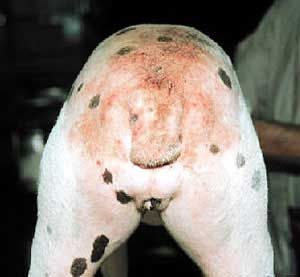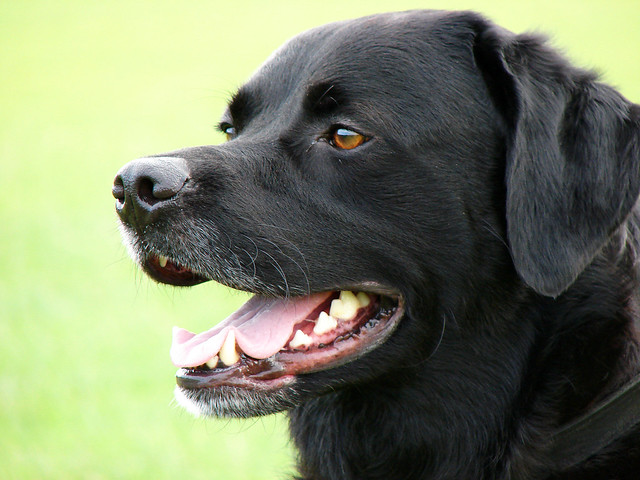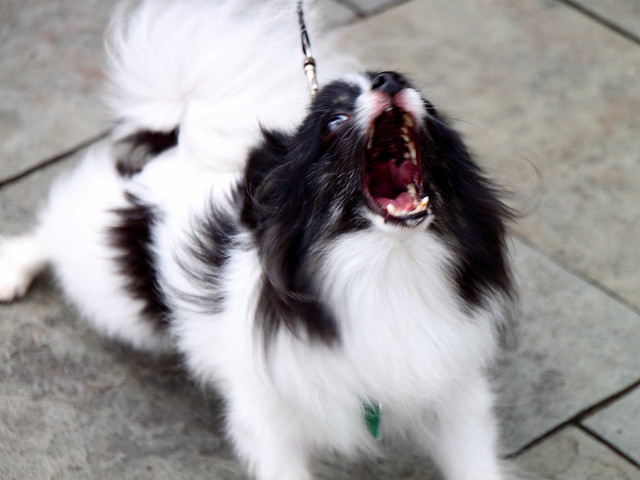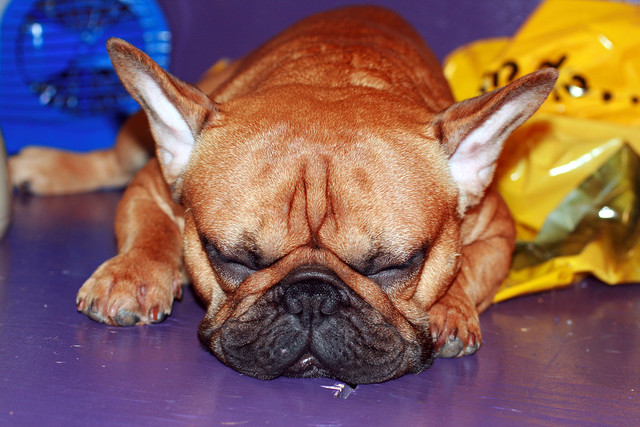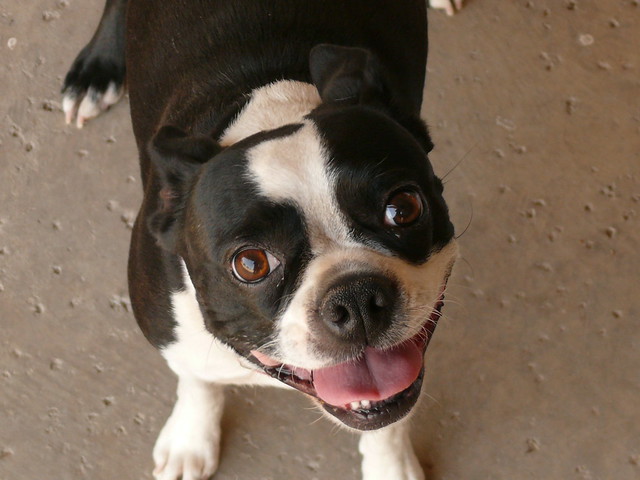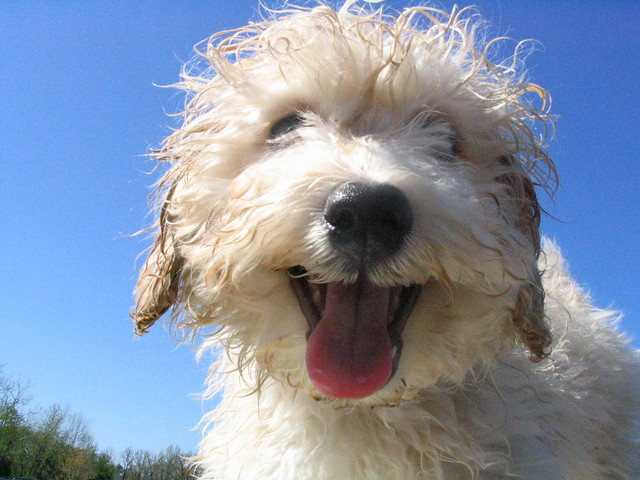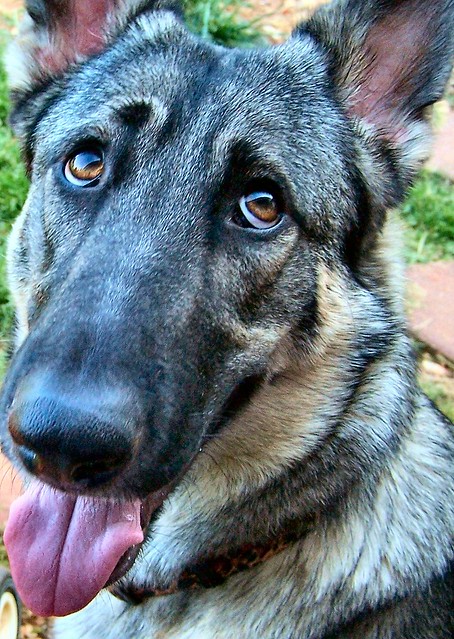Although there are not Breeds of Poodles, there are plenty of Poodle mixes. One of the most popular poodle mix is the Cockapoo described in this article.
COCKAPOOS
By mixing the breed of poodle with the breed of Cocker Spaniel, a
Cockapoo is created. The
Cockapoo is not a dog breed, rather it is a mixed breed and in theory takes all the desirable qualities of their parents. In reality one hopes the mixed breed dog will take the desirable traits of the purebred dog.
From the Cocker Spaniel, the mixed puppy will hopefully take Cocker’s characteristics of being mellow, friendly, having a pleasant personality and a sturdy build. The Poodle bred traits wanted are intelligence, cleverness, and a non-shedding hypoallergenic coat.
THE COAT OF THE POODLE
The poodle’s coat is a major reason the poodle is mixed with other breeds. The poodle’s coat does not shed and is hypoallergenic, meaning the poodle is (in my opinion) the best dog breed to have if you suffer from allergies. Most people will not have an allergic reaction to a poodle.
HEALTH AND GENETIC DISORDERS
By mixing two breeds
Cockapoo Puppies become less prone to genetic disorders. Poor breeding, like mating a brother and sister, is a cause of genetic disorders. Breeding with a completely different bloodline from a different breed strengthens the gene pool of the puppies.
When Poodles became a popular dog, this caused a very high demand for poodle puppies. Poodles were generated for money not health. Inbreeding and unhealthy breeding occurred rampantly causing genetic health problems for future generations of these poodles. The same poor breeding was done with Cocker Spaniels as their popularity grew. Known health ailments are associated with each breed due to breeding to meet demand versus breeding to advance the quality of the breed.
It is possible to obtain a healthy purebred. Proper breeding was also done at the time of the breed’s popularity. By researching the bloodline of the parents, and/or having both sire and dam registered with the AKC can insure healthy genetic bloodlines for the purebred puppy.
NO GUARANTEE OF TRAITS
Remember, by mixing the breeds, the traits you like about a breed will not necessarily be passed on to the litter. Combining the best traits of both breeds is the goal. Some of the mixed bred puppies will have the desirable traits, or may have one or two of the desired traits.
It is hoped that by mixing a poodle with a Cocker Spaniel, the cockapoo will have a coat that is non-shedding and hypoallergenic, be very intelligent, be friendly and have a sturdy build. Some cockapoos will have a less shedding coat and will be less likely to cause allergic reactions. Some cockapoos will have a shedding coat and will cause allergenic reactions. The same is true of all the traits.
Cockapoos are not a recognized dog breed. At least not yet. If cockapoos with the desired traits are bred with other cockapoos with the desired traits from a different bloodline, then over time the cockapoo will have predictable traits. For example, all pure bred poodles have a non shedding coat and is hypoallergenic. The pure breed Cocker Spaniel has a shedding coat and will cause allergic reactions. As of now, cockapoos may or may not have a non shedding coat, or a coat that sheds less than the Cocker Spaniel. Researching the breeder of the cockapoo and seeing the parents is the best indication of the traits of a specific cockapoo puppy.
The mix of traits will be in each litter and puppies in the same litter could have different characteristics. One may have a shedding coat and one may have the non-shedding coat. One puppy may be very active and another calmer.
PERSONALITY
Well bred cockapoos are calm, fun, mellow and loving. They are pleasant, have patience and very sweet. Their intelligence helps them be trained and entertaining.
A personality of a dog is mainly dependent on the parents. To predict personality meet the parents and take time to get to know them. There are Cocker Spaniels and Poodles that are skittish, nervous and not friendly, who will pass on these undesirable traits. There are known health issues for each breed who will pass on the genetic tendency for that health problem.
By spending time with the puppy before committing a great deal of heartache can be avoided.
TAKING CARE OF A COCKAPOO
Cockapoo puppies can be taken care of with weekly bathing, brushing and clipping of nails. They can live a healthy and a long life with proper nutrition, medical care and good living conditions.
Cockapoo puppies have a very good immune system so they are less prone to diseases. They remain healthy with regular physical exercises. The cockapoo needs physical activities and loves to play. At a minimum take them for a daily walk, and have space for them to run and play or take them to a dog park.
COCKAPOOS AND KIDS
The nature of Cockapoo make them ideal for kids. They love to be with children and will be an excellent companion. The personality traits of calmness and patience can make the cockapoo an excellent choice for a child with emotional challenges, such as being withdrawn or autism. The cockapoo can make an excellent therapy dog.
FINDING COCKAPOOS
Cockapoo breeders can become state licensed or register with the American Cockapoo Club as a way to show they are knowledgeable breeders. Cockapoo breeders breed healthy well socialized puppies in a variety of colors and coats. Research the breeder and ask lots of questions until you feel confident about the puppy you are about to buy. Saying a dog is a Cockapoo does not exactly imply purebred Poodles and Cocker Spaniel parents. Many cross breeds of poodles have more than one breed in the bloodline. See if the breeder has a hereditary chart of the parents, called the sire and dam.
It is worth taking the time to examine breeders. Be sure the cockapoo is healthy and pleasant mannered. A well breed cockapoo will be a loving wonderful addition to your home. Take Care.
By Vicki Meltz
Discover the potential hazards of commercial dog food, and what you can do to make sure your dog is safe!
|



